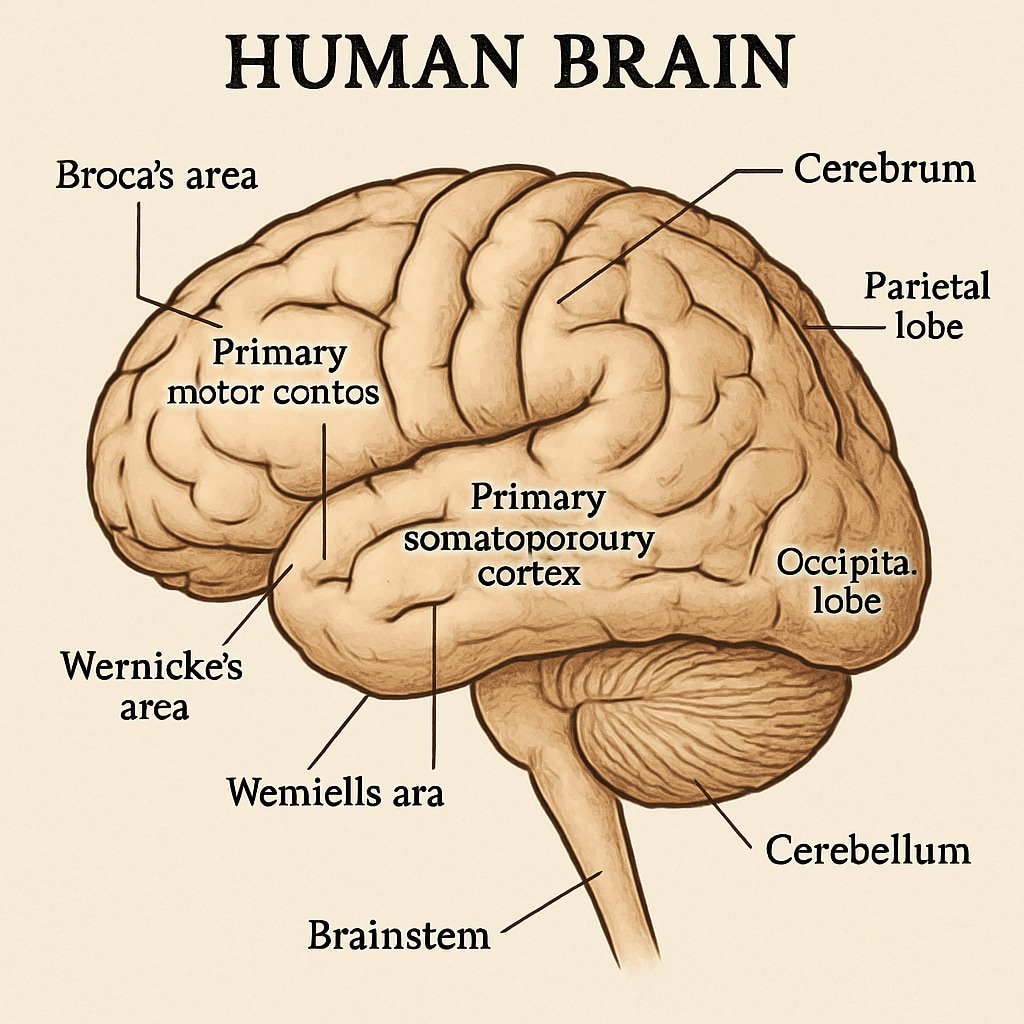Ninth-grade students with exceptional academic performance often seek ways to expand their learning beyond what the standard curriculum offers. For those with ambitious career aspirations, such as becoming a neurosurgeon, supplementary learning is essential to develop both academic depth and practical skills. This article explores tailored strategies to support these high-achieving students, focusing on balancing academic rigor, professional development, and mental well-being.
Why Supplementary Learning Is Crucial for Academic Excellence
While traditional school curricula provide a solid foundation, outstanding students often require additional challenges to remain engaged and to prepare for their future goals. For example, aspiring neurosurgeons may benefit from exploring specialized subjects such as biology, anatomy, and medical ethics. Supplementary learning allows these students to dive deeper into their interests while sharpening critical thinking and problem-solving skills, which are invaluable in any professional field.

Designing an Effective Supplementary Learning Path
Creating a personalized learning plan starts with assessing the student’s strengths, interests, and long-term goals. For ninth-grade students aiming for careers like neurosurgery, the following steps can help:
- Advanced Courses: Enroll in advanced placement (AP) or International Baccalaureate (IB) courses focusing on STEM (science, technology, engineering, and math).
- Extracurricular Activities: Join science clubs, participate in competitions like Science Olympiad, or volunteer at local hospitals to gain firsthand experience.
- Self-Directed Learning: Utilize online platforms such as Khan Academy or Coursera to explore neuroscience, medical studies, and related topics.
- Mentorship Programs: Connect with professionals in the medical field for guidance and insights into career pathways.
In addition to academic enrichment, students should focus on cultivating soft skills such as empathy, communication, and resilience—qualities essential for success in demanding professions like neurosurgery.

Balancing Academic Rigor with Mental Well-Being
High-achieving students often face pressure to excel, which can lead to burnout. Therefore, maintaining a balance between academic growth and mental health is vital. Parents and educators can support students by encouraging time management, regular physical activity, and mindfulness practices. Additionally, engaging in hobbies or creative pursuits can provide a much-needed break from rigorous academic schedules.
For example, activities like painting, playing a musical instrument, or practicing yoga can help students recharge while improving focus and reducing stress. As a result, these students can approach their studies with greater enthusiasm and resilience.
The Role of Professional Exposure in Career Preparation
Real-world exposure is crucial for students with specific career aspirations. Aspiring neurosurgeons can benefit greatly from opportunities such as internships, shadowing doctors, or attending medical workshops. These experiences provide valuable insights into the field while helping students build practical skills and confidence.
In addition, platforms like Britannica’s Neurosurgery Guide offer accessible resources to begin exploring the profession. Such resources allow students to gain foundational knowledge while developing an informed perspective on their future career path.
Ultimately, a well-rounded supplementary learning plan should empower students to pursue their passions, overcome challenges, and achieve their goals. By combining academic enrichment, personal development, and professional exposure, students can unlock their full potential both inside and outside the classroom.
Readability guidance: Use short paragraphs and lists to summarize key points. Include transitions like “however,” “in addition,” and “for example” to enhance flow. Avoid overusing passive voice and long sentences, ensuring clarity and engagement.


